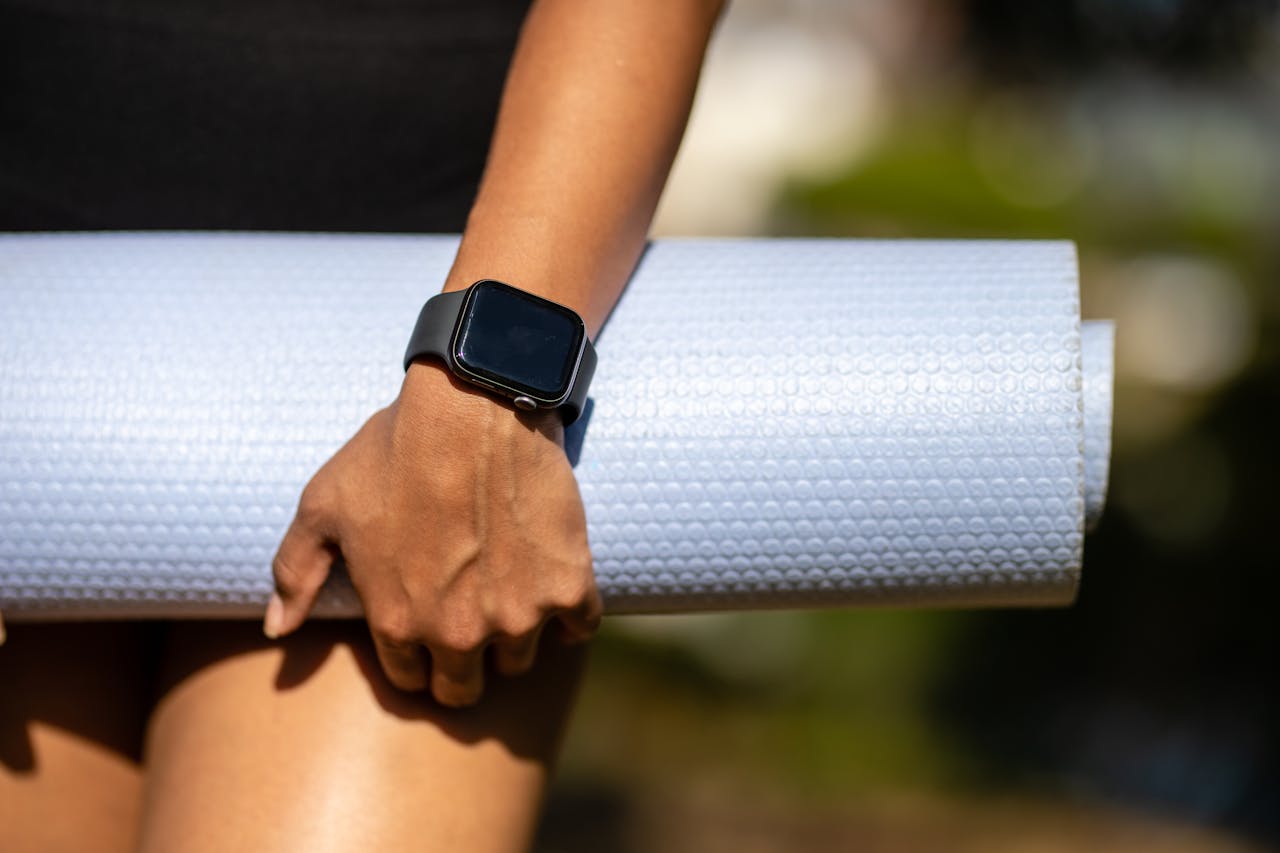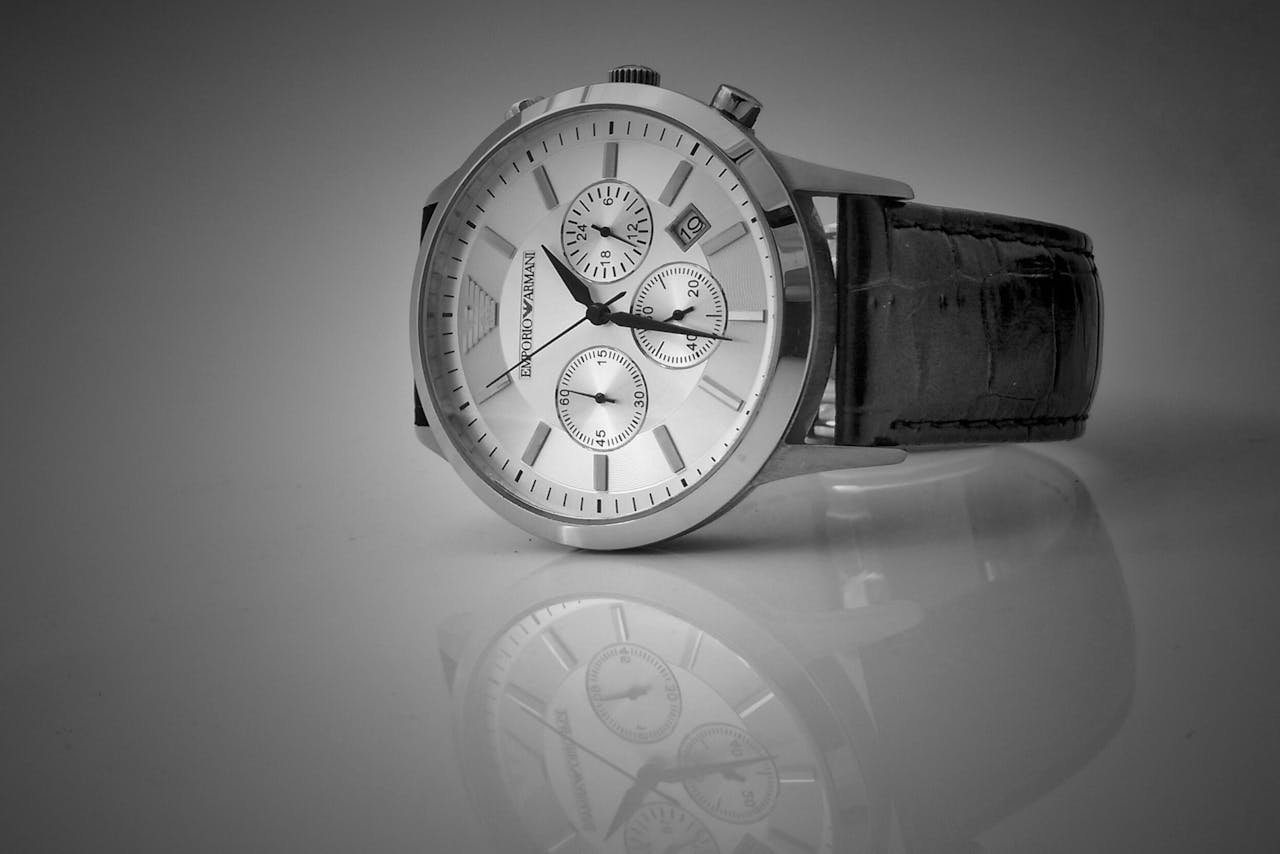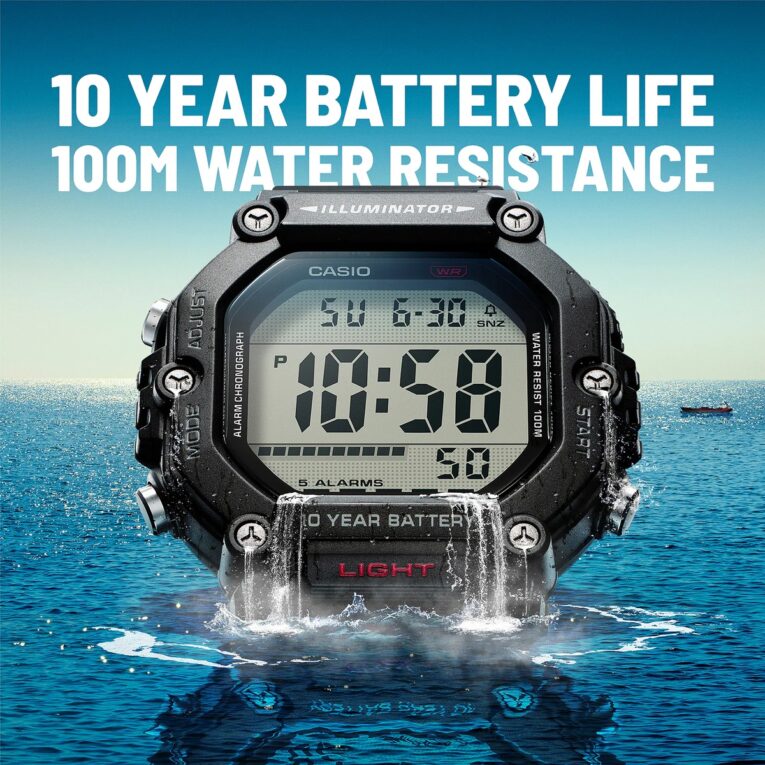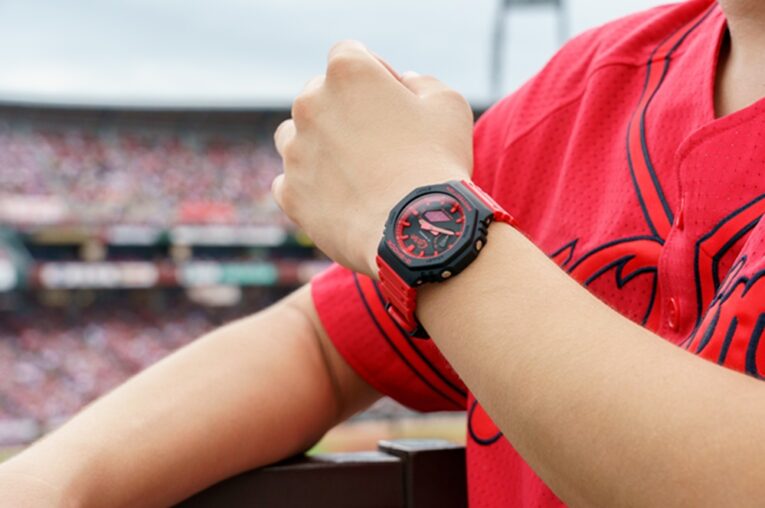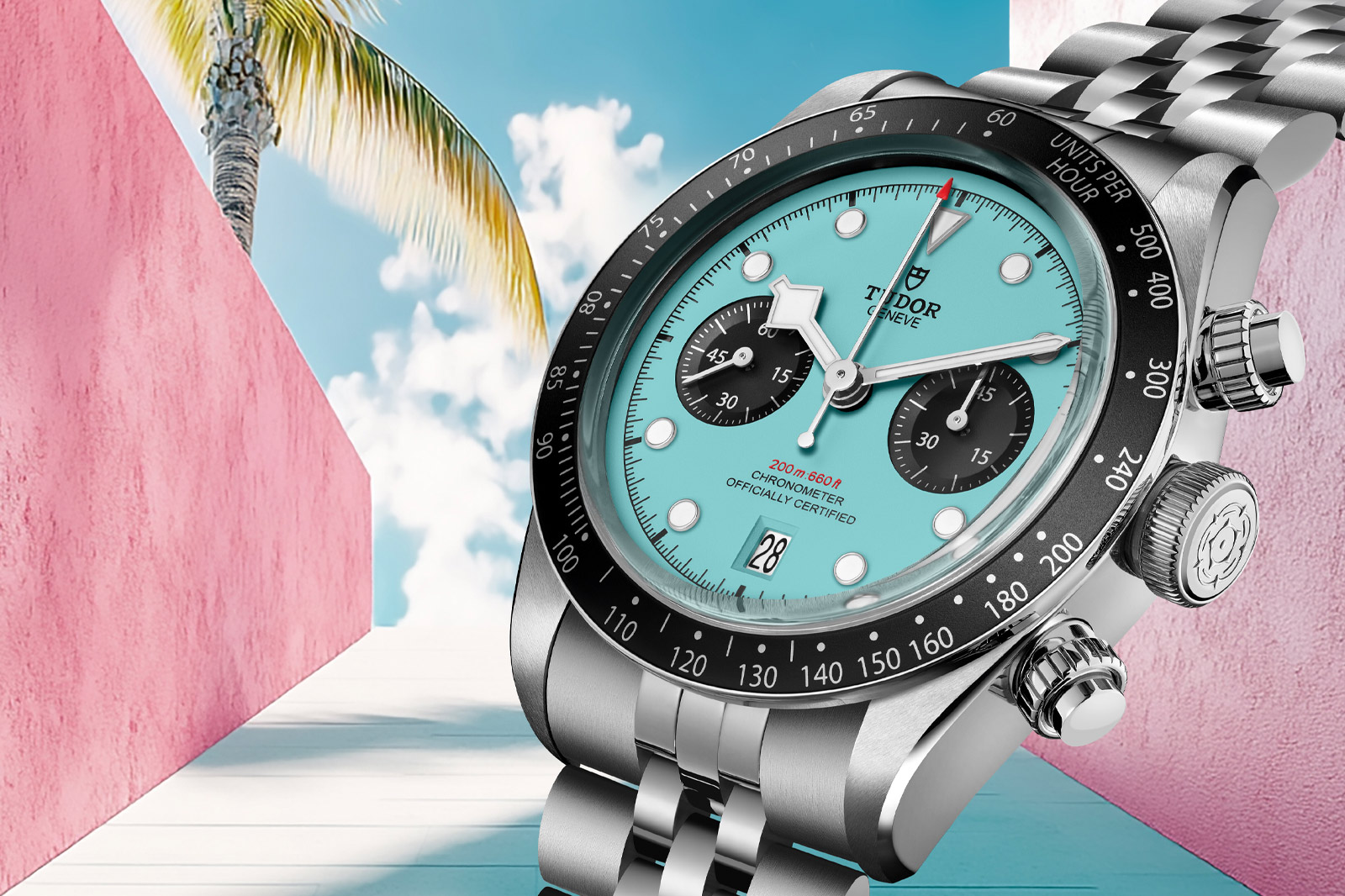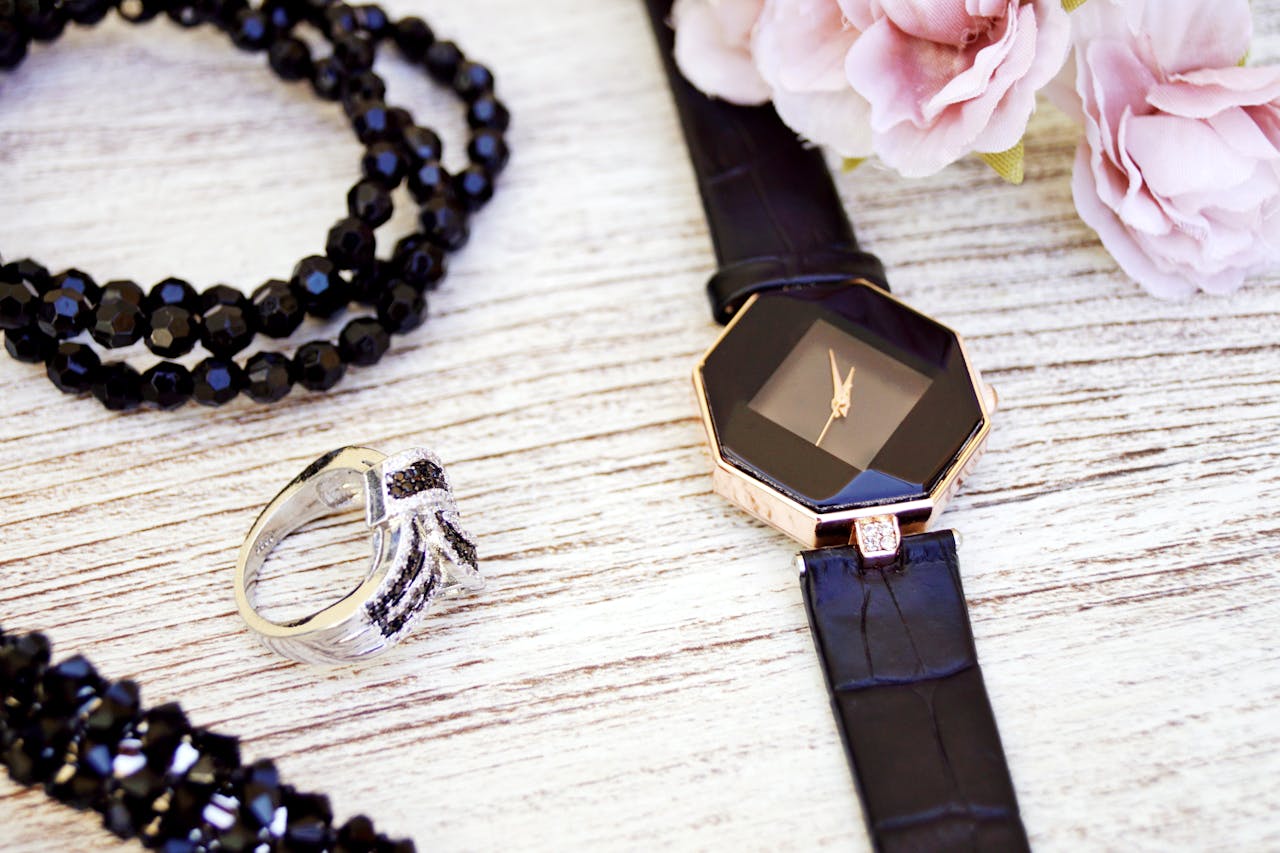
Luxury watches are often associated with precision, craftsmanship, and exclusivity. While the luxury watch industry is historically dominated by male-oriented designs and branding, women’s luxury watches have their own rich history that reflects evolving trends in fashion, technology, and cultural shifts. These timepieces, ranging from classic to modern, carry the legacy of innovation, elegance, and sophistication.
Early Beginnings: Women’s Watches Emerge
The concept of a “women’s watch” began to take shape in the 16th and 17th centuries. Watches were initially bulky and worn on a chain as pocket watches or fobs, primarily used by men to track time. Women’s watches, in their earliest form, were smaller, worn as pendants or brooches. These pieces were considered more ornamental than practical, with intricate designs often crafted with precious metals and stones.
One of the earliest examples of women’s watches was the Breguet “Reine de Naples”, designed by Abraham-Louis Breguet in 1812. This timepiece, commissioned for Queen Caroline Murat of Naples, was a breakthrough, not only for its technical excellence but also for its attention to feminine elegance. It was one of the first women’s watches to feature a case designed specifically for a woman’s wrist, blending luxury with utility.
The Rise of Swiss Craftsmanship and Iconic Brands
As the 19th century progressed, Switzerland became the global epicenter for luxury watchmaking. Swiss horology houses such as Rolex, Patek Philippe, and Cartier began creating wristwatches for women that combined aesthetics with cutting-edge innovation.
Cartier
One of the most iconic luxury watch brands, Cartier revolutionized women’s watches with its bold and stylish designs. Cartier’s famous Santos de Cartier watch, introduced in 1904, was designed for aviation pioneer Alberto Santos-Dumont. Although originally intended as a men’s watch, it quickly became popular among women for its elegance and practicality. Cartier’s penchant for combining precious metals, gemstones, and beautiful designs made it one of the first brands to truly cater to women’s luxury timepieces.
In the 1920s and 1930s, Cartier introduced more streamlined, sophisticated designs, including the Tank watch, which would become a symbol of timeless luxury. Its rectangular shape and minimalist aesthetic have made it a favorite among women, with countless style icons, including Jacqueline Kennedy Onassis and Princess Diana, wearing it over the years.
Patek Philippe
Known for its highly intricate movements and exceptional craftsmanship, Patek Philippe also pioneered women’s luxury timepieces. In the 1930s, the brand began producing watches that catered specifically to women’s tastes. These watches featured smaller cases, often adorned with diamonds and pearls, yet still maintained the technical excellence for which the brand is renowned. A landmark moment for Patek Philippe came in 1939 with the introduction of the Patek Philippe Calatrava, a dress watch that was beloved by women for its understated elegance.
The Mid-20th Century: The Age of Glamour and Celebrity Endorsements
The mid-20th century saw the luxury watch industry become increasingly glamorous. Women’s watches were not just functional accessories; they became symbols of wealth and social status. Timepieces were featured in the wardrobes of actresses and high-society women, further cementing their place as status symbols.
Rolex
During this period, Rolex expanded its collection to include more gender-neutral and women’s watches. Known for its robust and reliable craftsmanship, Rolex introduced smaller versions of its famous models, such as the Datejust and the Oyster Perpetual, which quickly became favorites among affluent women.
Rolex watches, such as the Lady Datejust, were worn by stars like Marilyn Monroe, whose association with the brand elevated its status. The 1950s and 1960s also saw the introduction of the Rolex Pearlmaster, a luxury ladies’ watch featuring a bracelet of diamonds, which became a coveted item among collectors.
Jaeger-LeCoultre
The iconic Swiss brand Jaeger-LeCoultre was another key player in the 20th century evolution of women’s watches. The Reverso, which was introduced in the 1930s, featured a reversible case, making it a stylish and practical piece. It has been made in both men’s and women’s versions, often incorporating exquisite details such as enamel painting and diamonds, combining art and craftsmanship to create an iconic piece beloved by collectors and connoisseurs.
The New Millennium: Innovation Meets Fashion
The 21st century has ushered in an era of innovation in women’s luxury watches. The focus has shifted to high-tech features while still keeping the rich traditions of craftsmanship intact. New materials like ceramic, titanium, and even carbon fiber have been used to create stunning designs with greater durability. This era has also witnessed the rise of smart luxury watches, which blend cutting-edge technology with the timeless beauty of traditional watches.
Chopard
The Swiss brand Chopard is known for blending jewelry and watchmaking, creating some of the most luxurious watches for women in the world. The Happy Diamonds collection, introduced in 1976, features diamonds that float freely inside the watch case, a design innovation that revolutionized the concept of movement in luxury watches. Chopard’s commitment to both fine watchmaking and high jewelry continues to make it a top choice for women seeking a timepiece that is both beautiful and luxurious.
Audemars Piguet
In recent years, Audemars Piguet has emerged as a leader in crafting high-end timepieces for women. The Royal Oak collection, which was originally designed for men, was reinterpreted to suit a more feminine style while retaining its iconic aesthetic. The brand has created stunning diamond-encrusted versions of the Royal Oak, as well as models featuring intricate complications like moon phases and tourbillons.
Vacheron Constantin
Vacheron Constantin’s women’s collection reflects the brand’s legacy of excellence in both design and technical innovation. The Métiers d’Art collection includes watches that feature exquisite handcraftsmanship, such as engraving, gem-setting, and enameling, turning each timepiece into a miniature work of art. These watches combine classic watchmaking techniques with the luxurious embellishments that women often desire in a fine timepiece.
Modern Trends and Future
Today, women’s luxury watches are as diverse as the women who wear them. The industry has expanded to embrace a wide range of styles, from sleek, minimalist designs to elaborate, jewel-encrusted timepieces. The demand for women’s watches with innovative features, such as automatic movements and water resistance, has also grown, alongside an increasing focus on sustainability and eco-friendly materials.
Luxury watch brands are continuing to expand their offerings to women with more technical features and designs that appeal to modern sensibilities, while still paying homage to their heritage. Women today are not only collectors of luxury watches but are increasingly seen as an influential force in shaping the future of watchmaking.
Conclusion
The history of women’s luxury watches is a story of elegance, innovation, and cultural transformation. From the early days of ornamental timepieces to the rise of Swiss craftsmanship and the iconic luxury brands we recognize today, women’s watches have evolved from accessories to status symbols that reflect both personal taste and technical excellence. As technology and fashion continue to evolve, so too will the luxurious timepieces created for women. Whether it’s a classic design or a modern, innovative creation, women’s luxury watches remain a symbol of grace, style, and precision—an enduring testament to the timeless relationship between women and horology.








